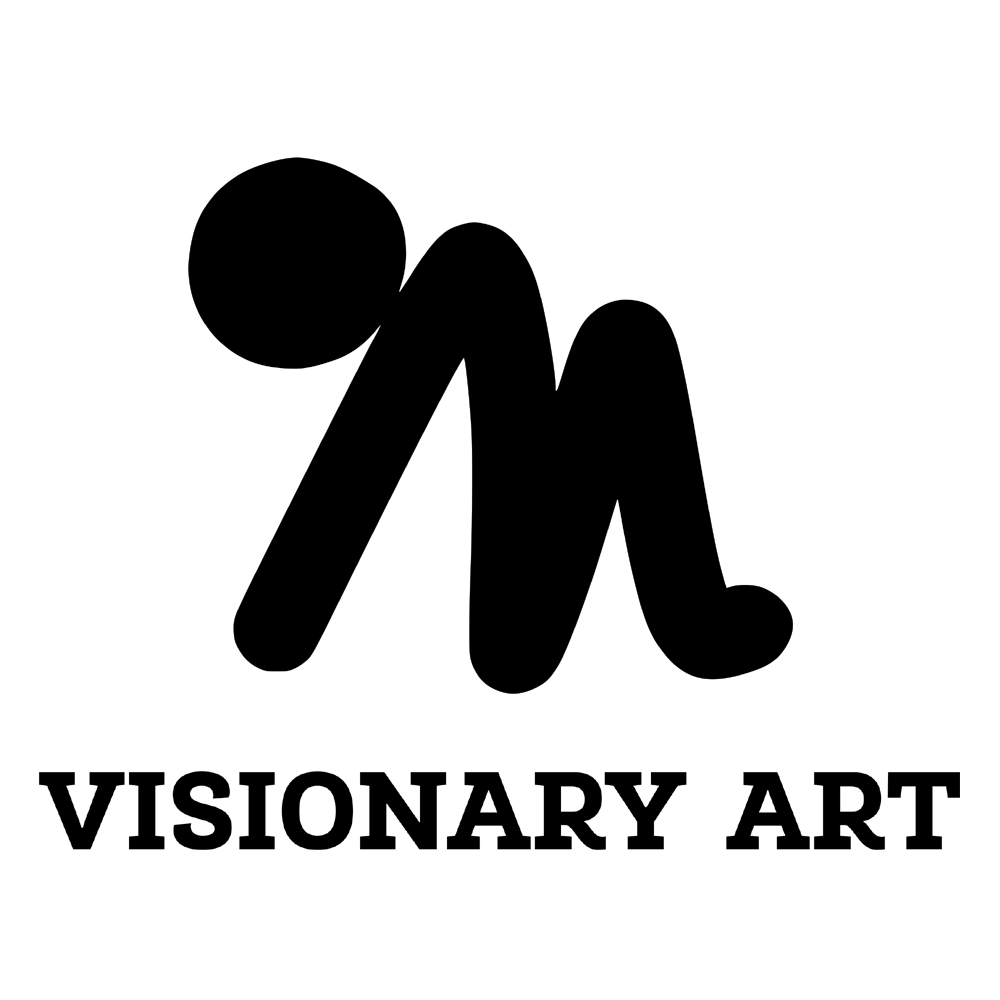Category: Inspiration
-
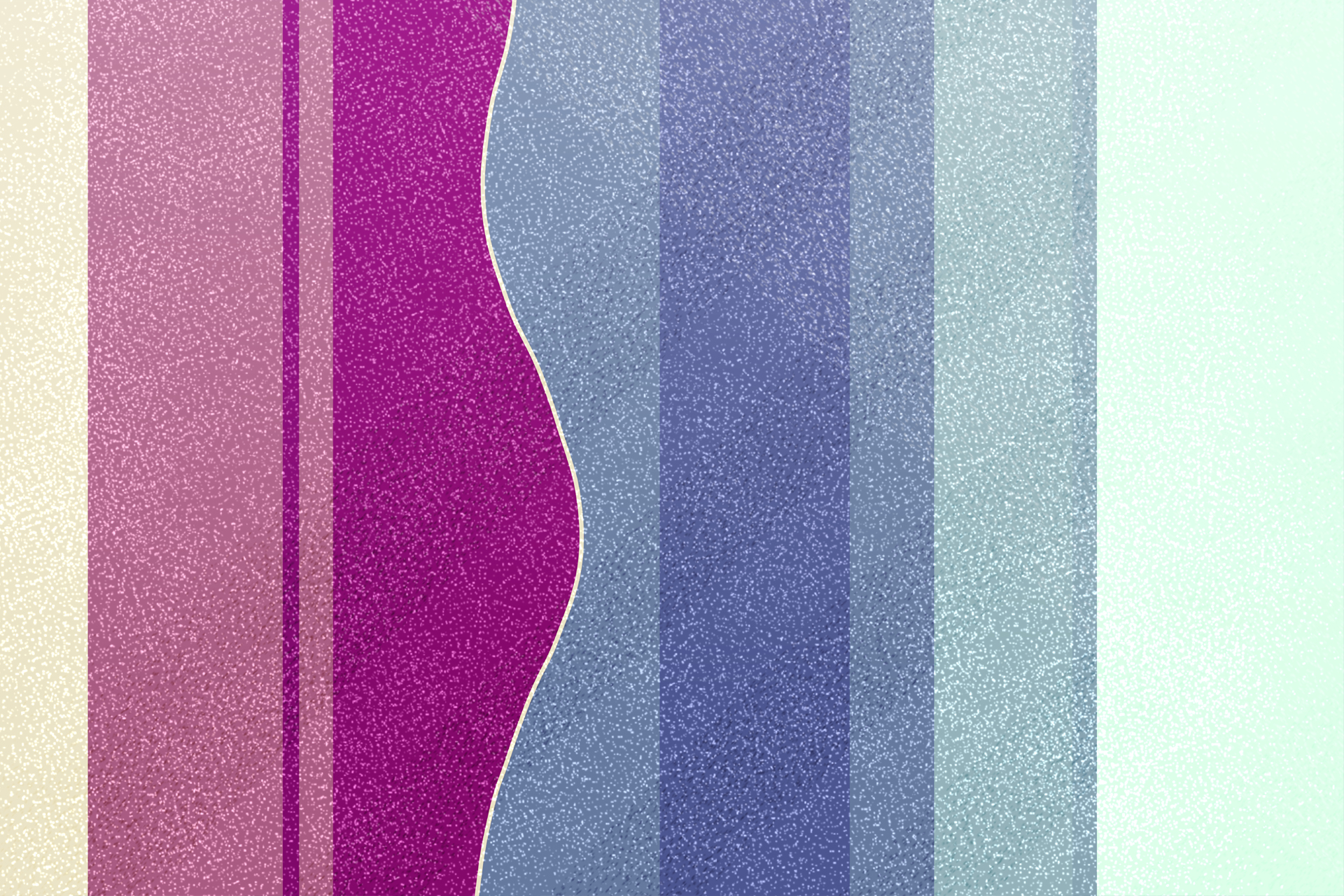
Color Psychology: How Hues Influence Mood and Perception in Art
Hey there, fellow art enthusiasts! Today, we’re diving into the colorful world of color psychology—how different hues can shape our moods and perceptions, especially in the realm of art. Whether you’re a seasoned artist or just starting, understanding color psychology can add a new dimension to your work. So, let’s explore how these vibrant tools…
-
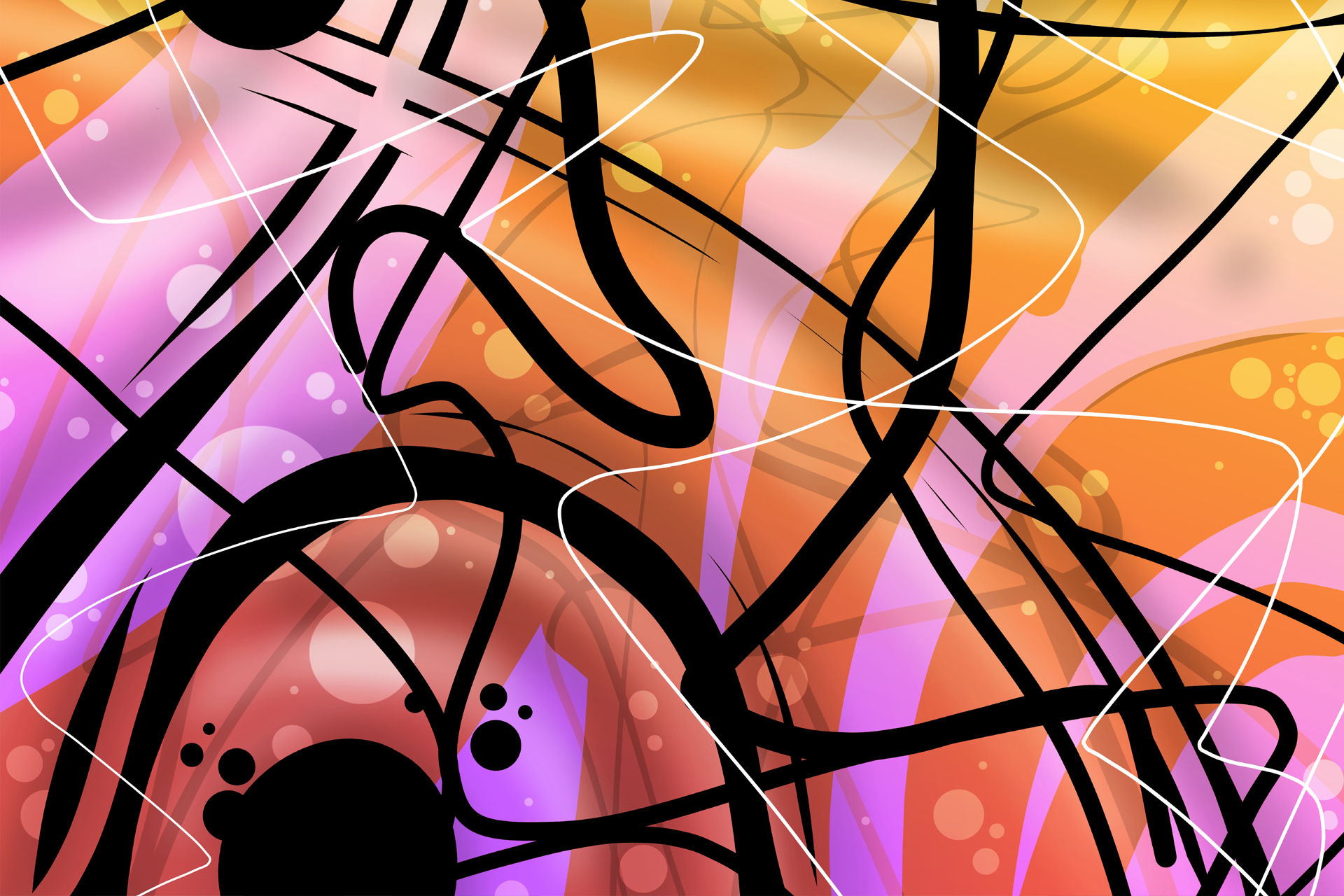
The Musicality of Art: How Sound and Rhythm Influence Visual Composition
Hey everyone! Welcome back to “Inspiration and Artistry.” Today, I want to dive into a fascinating concept that bridges two of my biggest passions: visual art and music. We’re exploring “The Musicality of Art” and how sound and rhythm influence visual composition. So let’s get into it! The Intersection of Sound and Sight Art and…
-
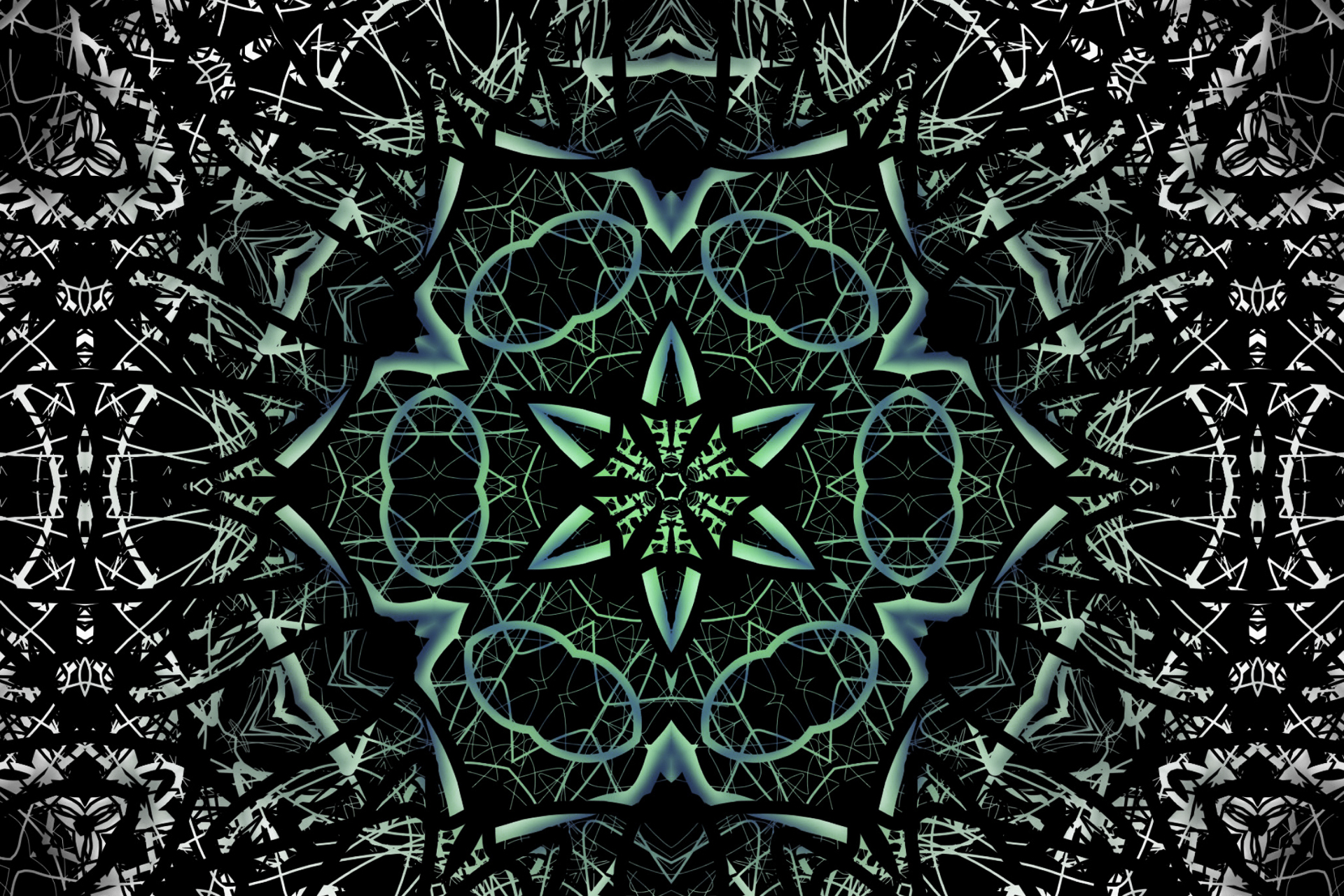
Pushing the Limits of Ordinary Consciousness through Art
Artists are often driven by a desire to uncover hidden potential of the human mind and to use that potential to manifest new forms of self expression. We seek to transcend the limitations of ordinary consciousness and tap into the vast, untapped potential of the unconscious. But what is ordinary consciousness and why is it…
-
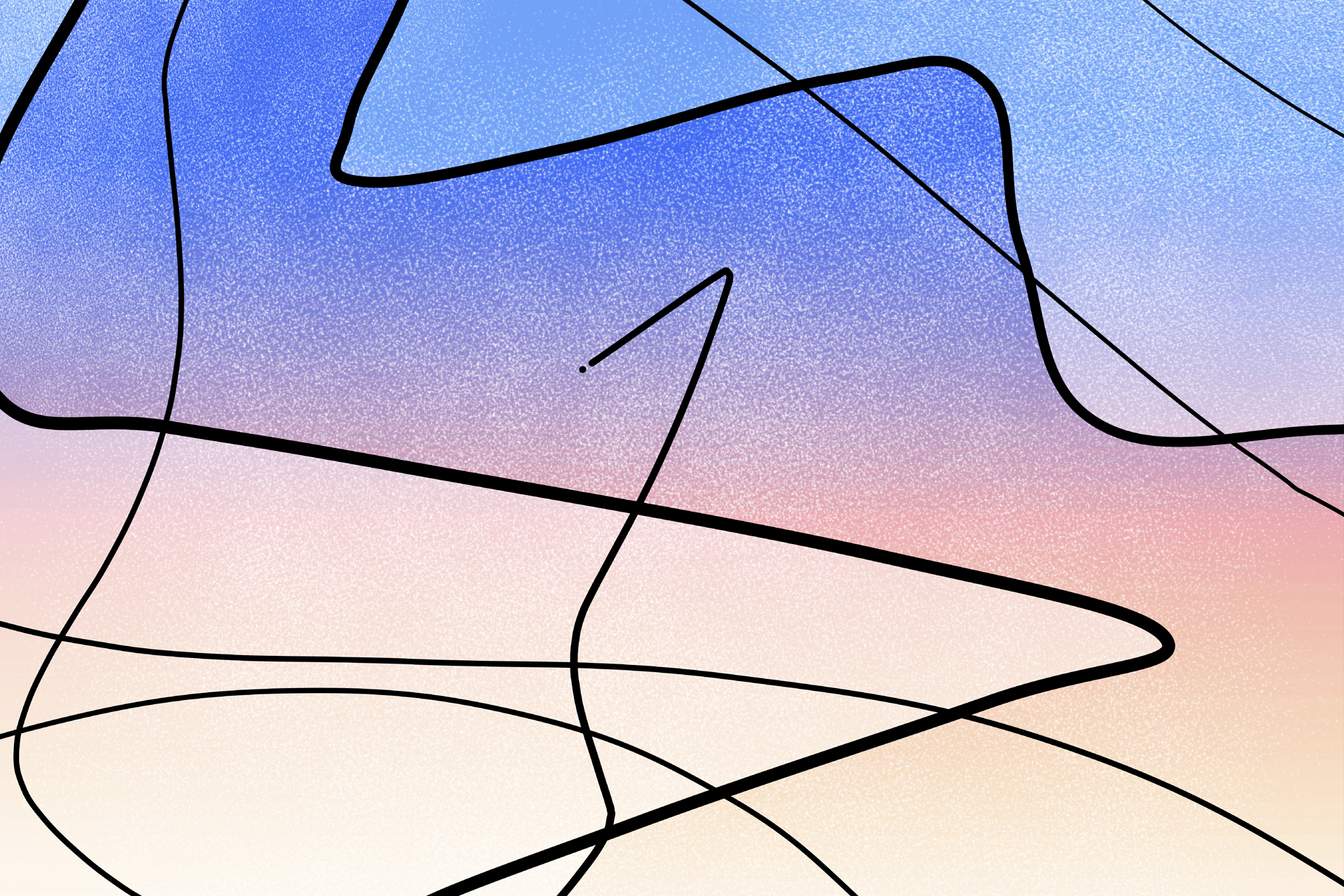
Synchronicity: Exploring Coincidence and Meaning
Have you ever had a series of seemingly random events that suddenly come together in a meaningful way? Or have you ever had a thought or desire, only to have it seemingly manifest in the world around you? These experiences, known as synchronicity, are more than just coincidences – they are meaningful connections that can…
-

Unlocking the Power of Flow State in the Creative Process
In this blog post, I will be discussing the concept of flow state and how it relates to the artistic process. Flow state, also known as being in the zone, is a mental state in which an individual is fully absorbed and focused on the task at hand. This state of mind is characterized by…
-
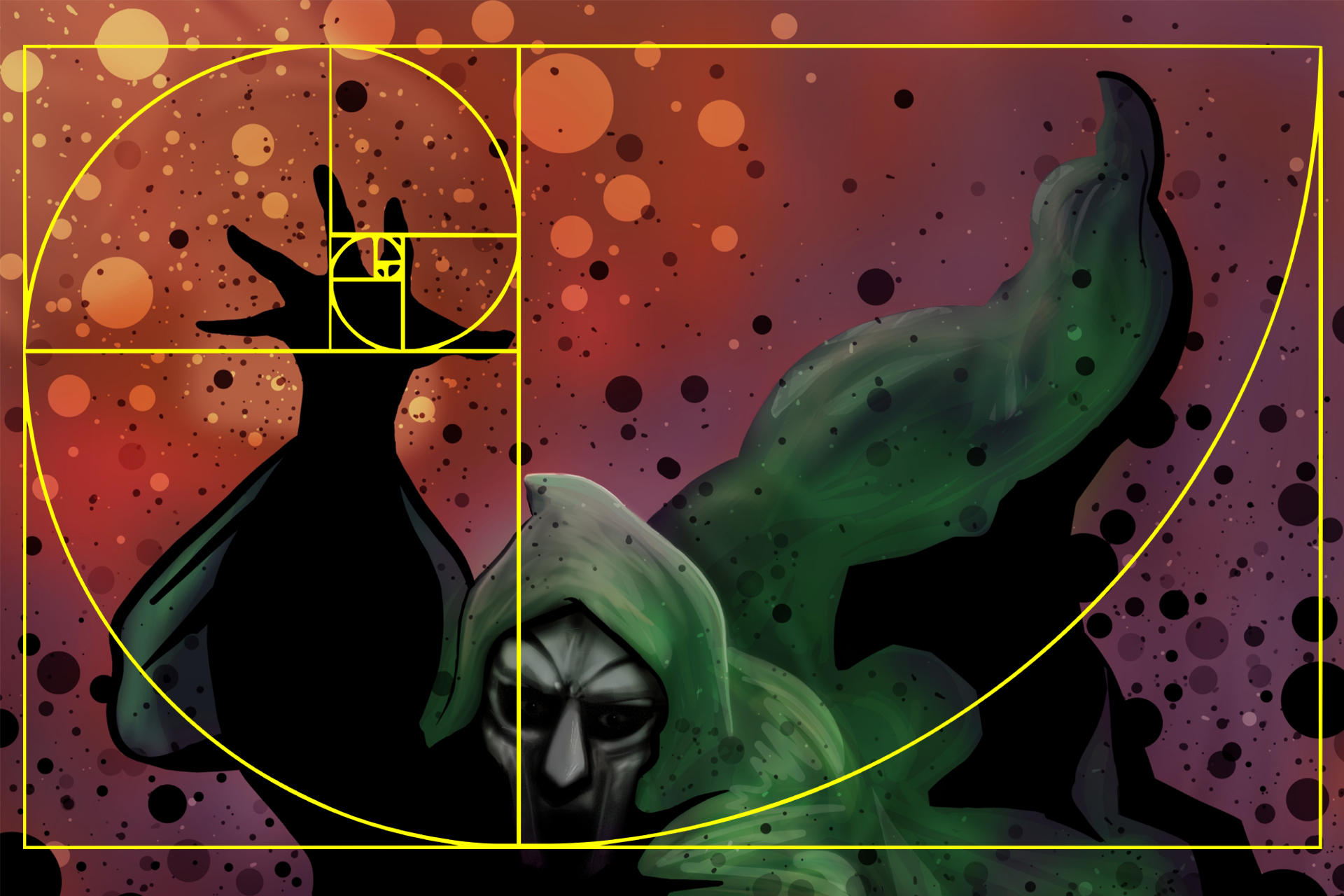
The Golden Ratio: How This Number Can Enhance Aesthetic Appeal
Have you ever noticed that some compositions just seem to be more aesthetically pleasing than others? It might be because they are based on the golden ratio, a mathematical principle that has been used in art and design for centuries. The ratio, also known as the golden mean or the golden section, is a number…
-

The Art of Experimentation: Embracing the Unknown
Are you feeling stuck in your artistic pursuits? It can be easy to fall into a rut, especially if you feel like you’ve tried everything and nothing seems to be working. But sometimes, the best way to find new inspiration and ideas is to embrace the unknown and experiment with your art. The ability to…
-
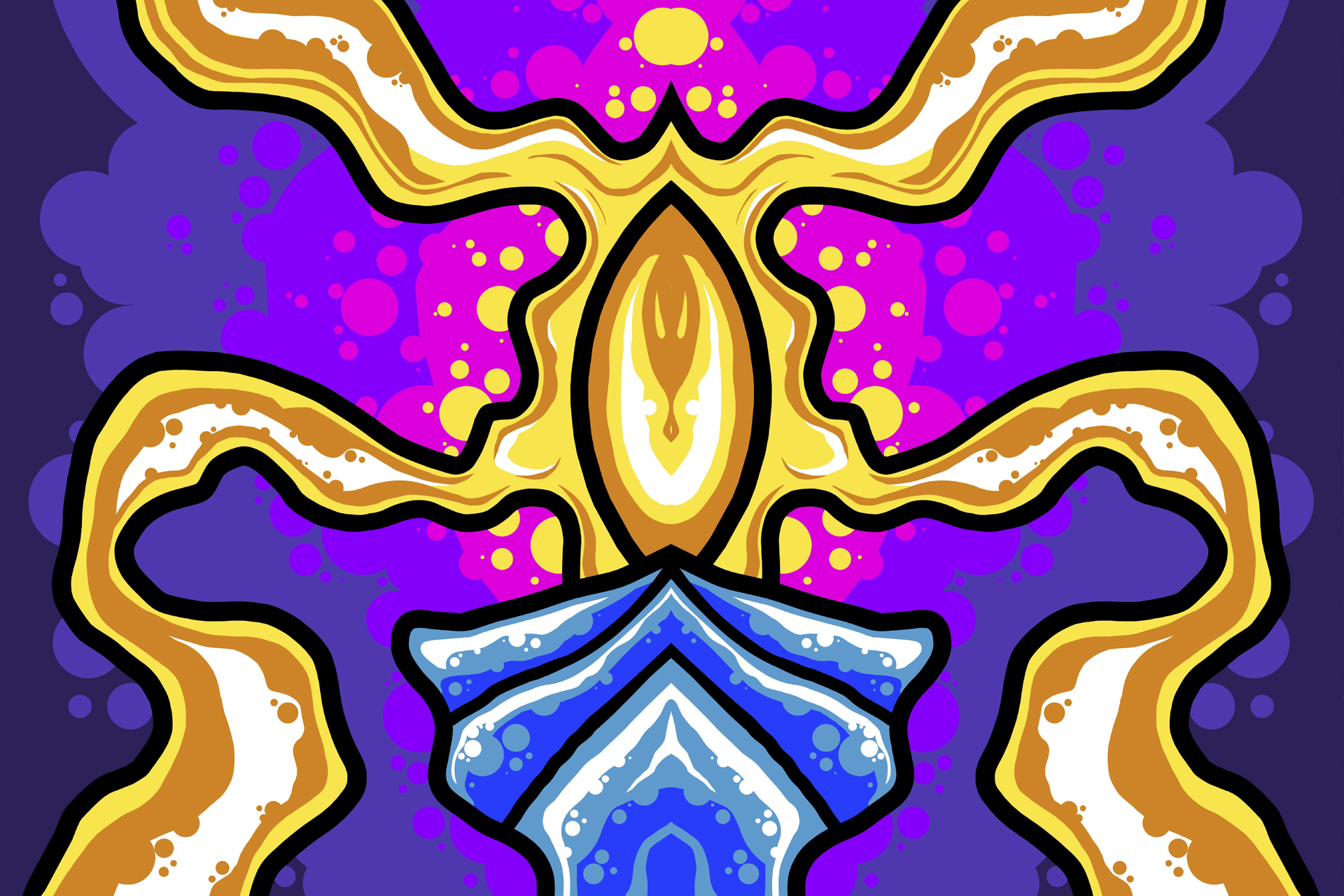
Symmetry in Art: How Balance and Proportion Affect Perception
Symmetry has long been an important element in visual art, and for good reason. It helps to create a sense of balance and harmony in a composition, making it visually appealing and pleasing to the viewer. But how exactly does symmetry achieve this, and how can artists use it to their advantage in their work?…
-

How the Subconscious Mind Influences Imagination
As artists, it is important to understand the ways in which our subconscious minds influence our work. The subconscious mind is a powerful force that can inspire new ideas, solve problems, and provide insights into the human condition. By understanding and harnessing the power of the subconscious mind, we can create more powerful and meaningful…
-
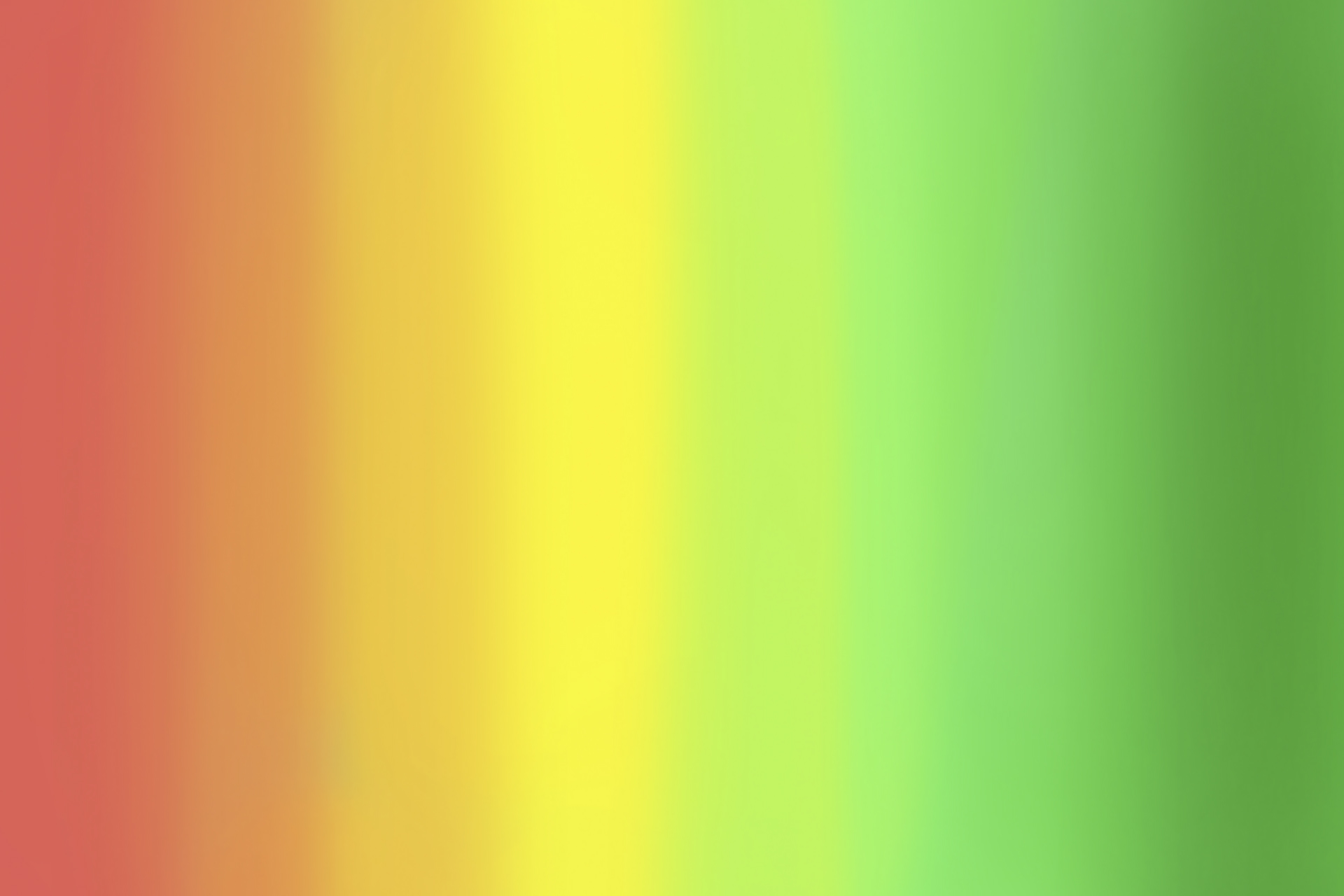
Synesthesia: How the Senses Interact to Influence Creativity
Synesthesia is a fascinating condition that involves the mixing of the senses. For people with synesthesia, certain stimuli – such as sounds, tastes, or smells – can trigger unusual sensory experiences, such as seeing colors or shapes. In this blog post, I will explore some of the different types of synesthesia, how they manifest, and…
-
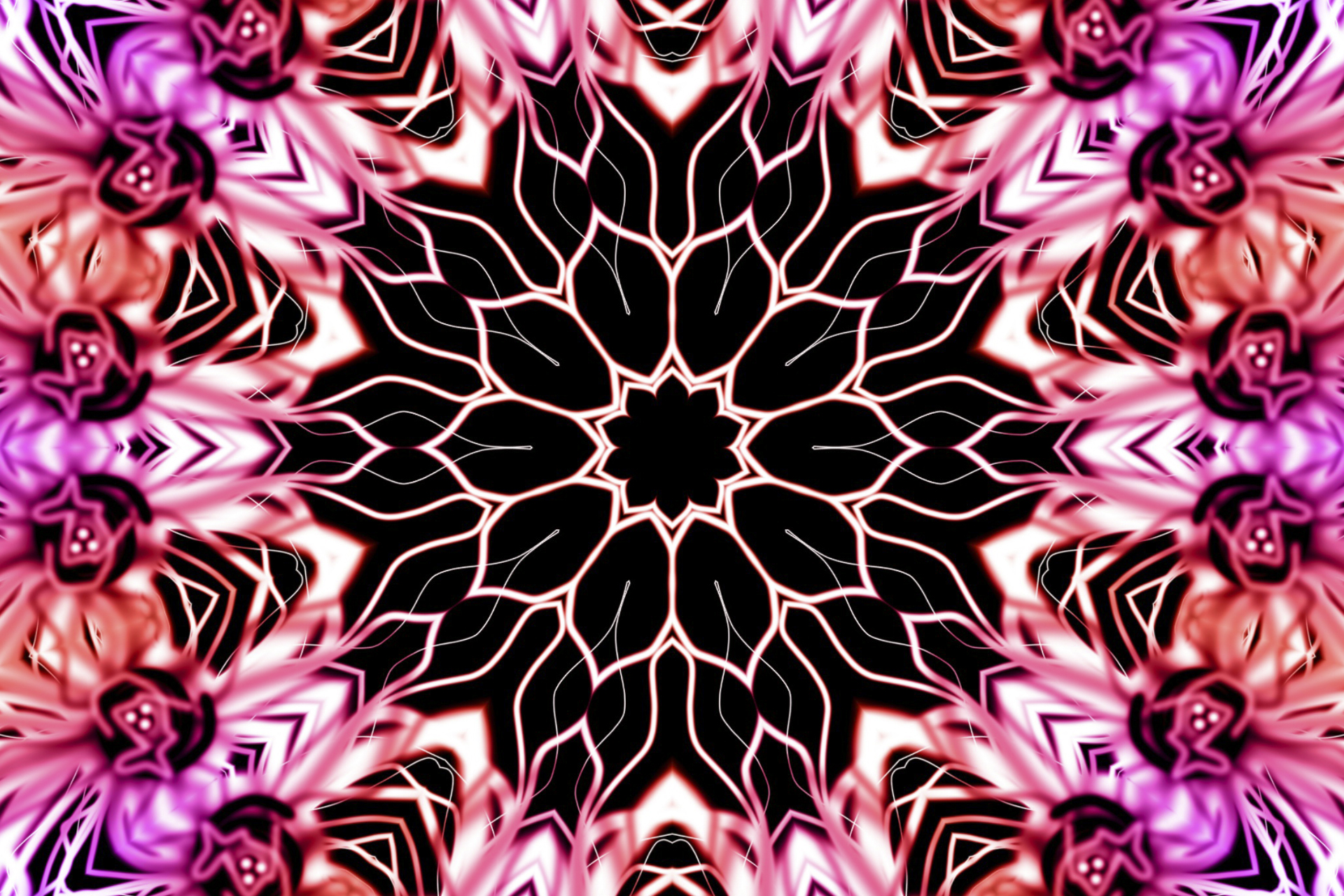
Pattern Recognition: How Our Brains Seek Order in Art and Life
Pattern recognition is an essential part of how our brains process information. It allows us to identify patterns and make connections between seemingly unrelated ideas, which helps us to better understand and navigate the world around us. In this post, I’ll explore the role of pattern recognition in art and everyday life, and discuss how…
-
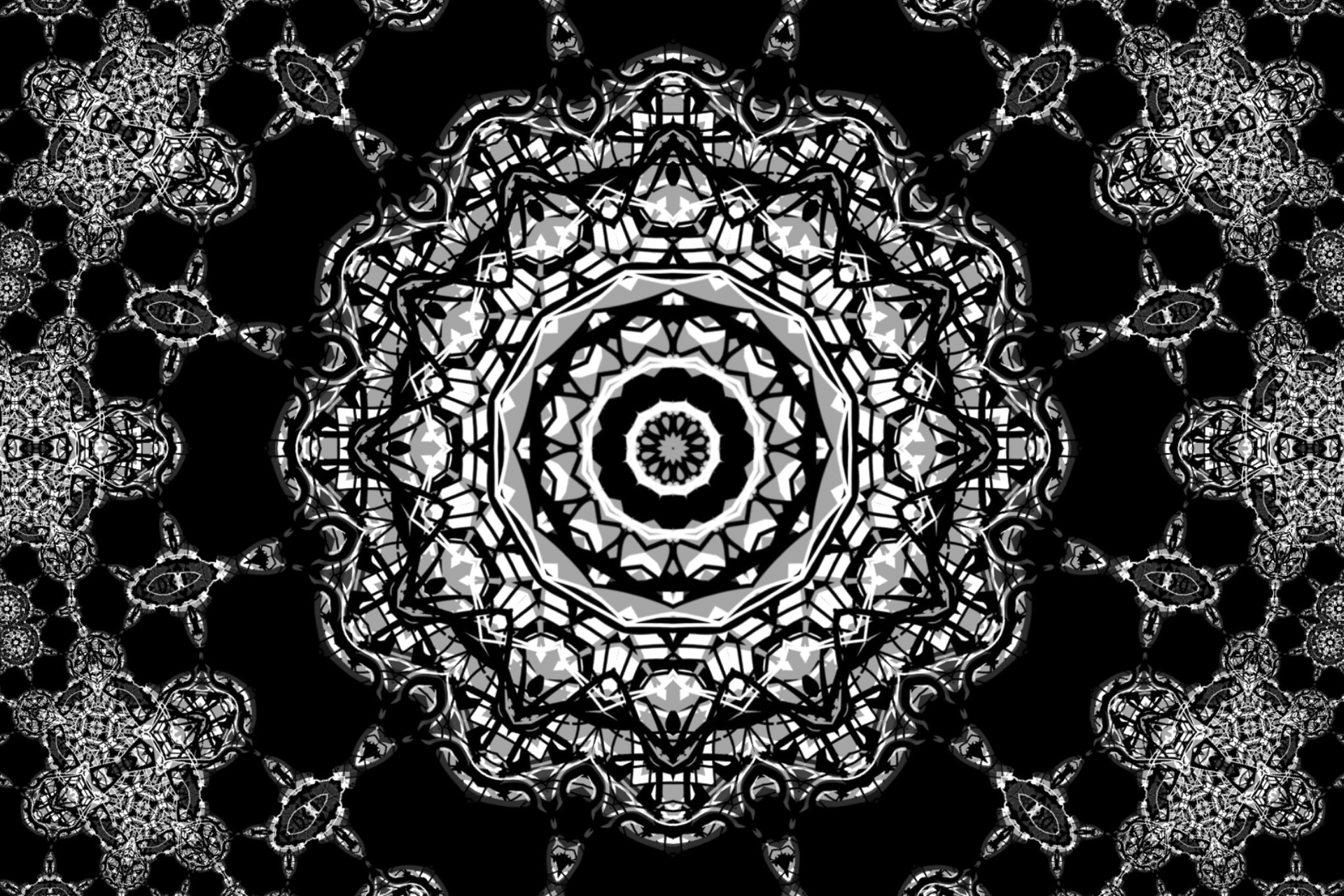
Fractal Geometry in Nature and Art: How Repeating Patterns Can Create Beauty
Have you ever marveled at the intricate patterns found in nature, such as the branching of a tree or the spiral of a seashell? How about the human circulatory system, or the neural pathways in the brain? These patterns are all examples of a mathematical principle called fractal geometry. Fractals can be found all around…
-

Finding Inspiration in Nature: Tips for Connecting with the Natural World
Nature has long been a source of inspiration for artists, writers, and other creatives. From the beauty of a sunset to the complexity of a leaf, the natural world is full of wonders that can spark creativity and inspire new ideas. In today’s fast-paced and technology-driven world, it is more important than ever to take…
-
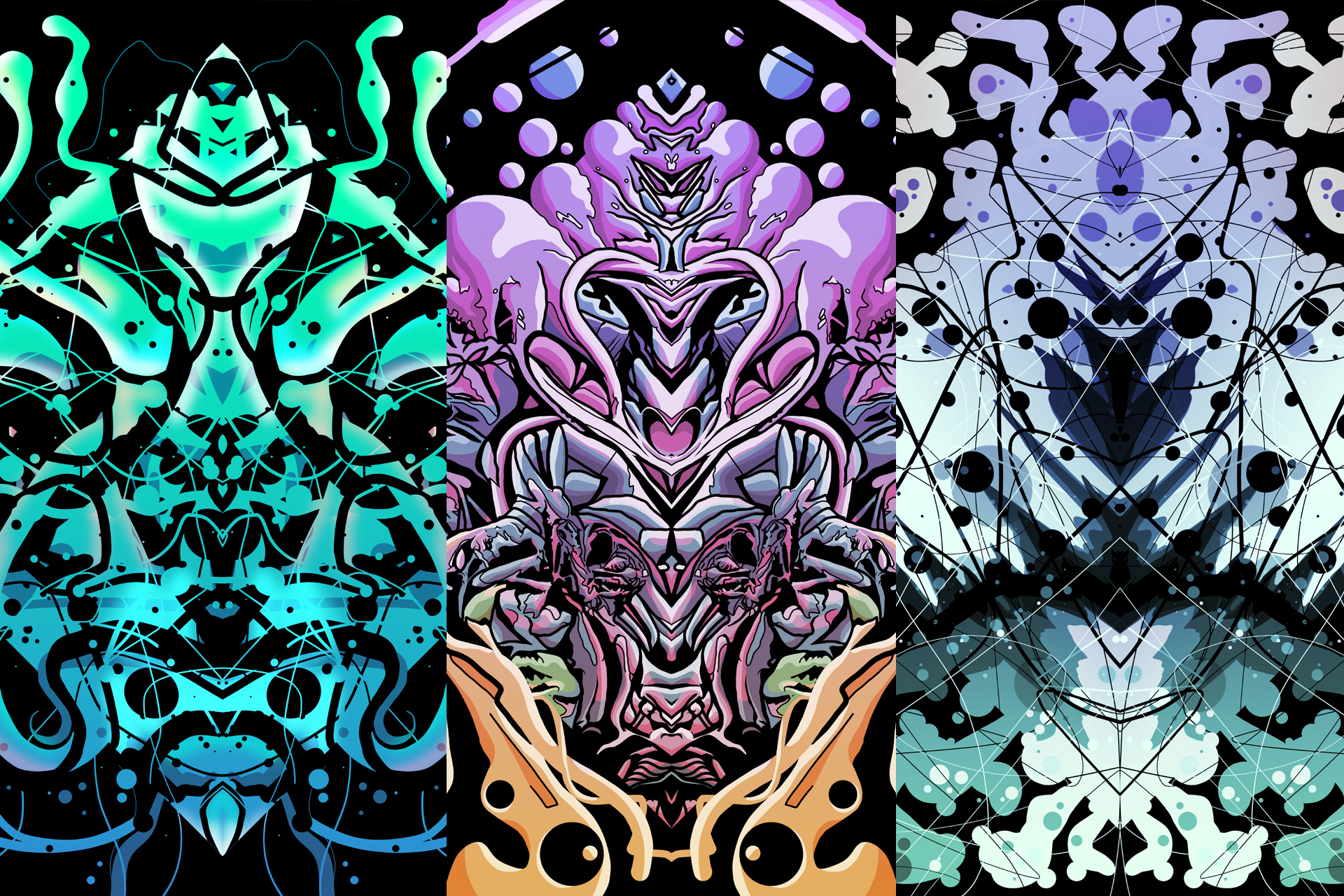
Pareidolia in Abstract Art: How I Use the Illusion of Recognition in My Work
Pareidolia is a phenomenon that occurs when the brain interprets random or ambiguous stimuli as recognizable objects or patterns. It’s the reason we may see a face in a cloud or an animal in tree bark. As an abstract artist, I’m fascinated by the way the brain processes and interprets visual information, and incorporating pareidolia…
-
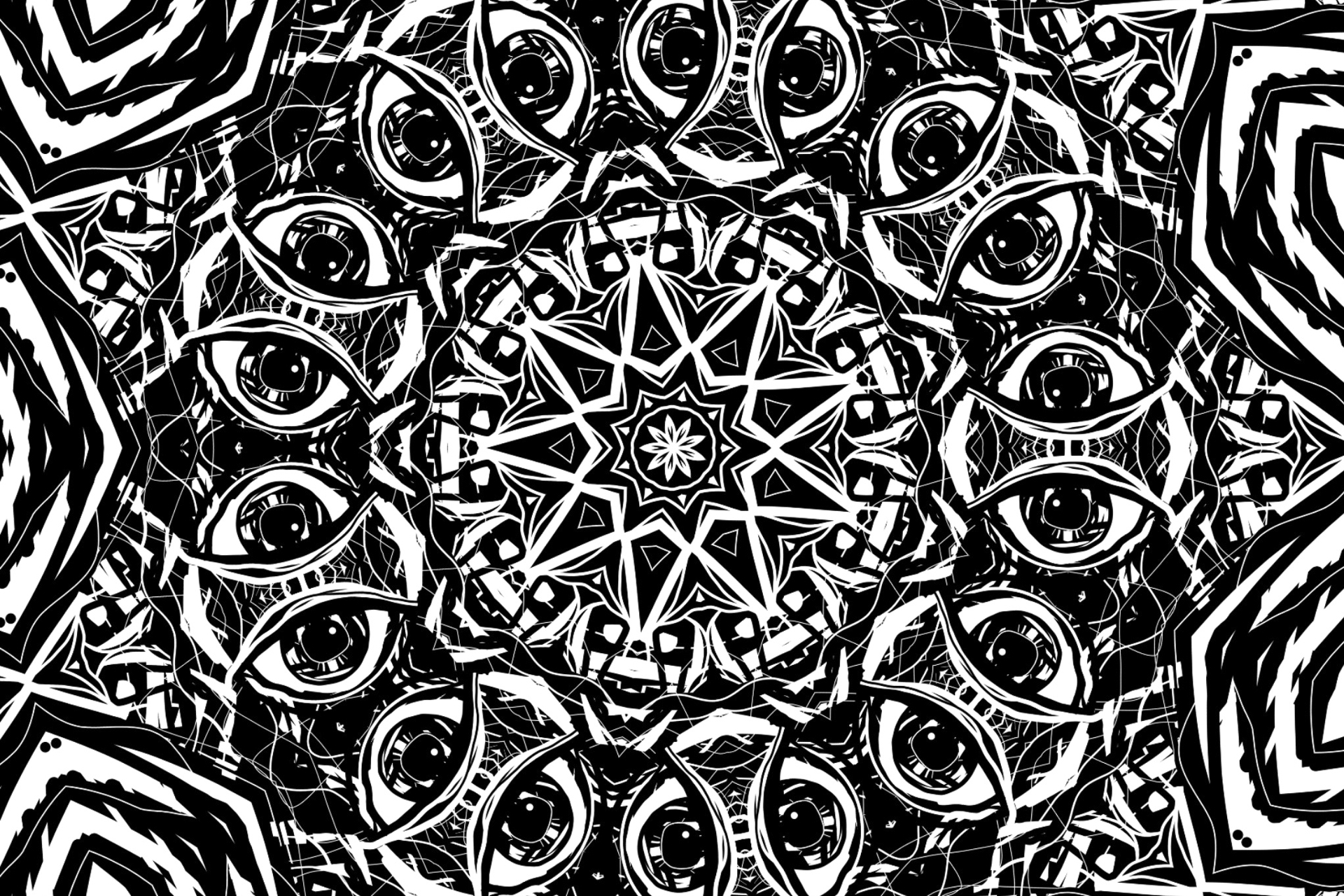
Mindfulness Practices for Artists: How to Cultivate Creativity & Focus
In order to maximize our creative potential and maintain our attention despite all of life’s distractions, artists are continuously looking for fresh approaches. Mindfulness is a potent tool that can assist us in achieving both of these objectives. But what is mindfulness, exactly? At its core, mindfulness is the practice of bringing one’s attention to…
-
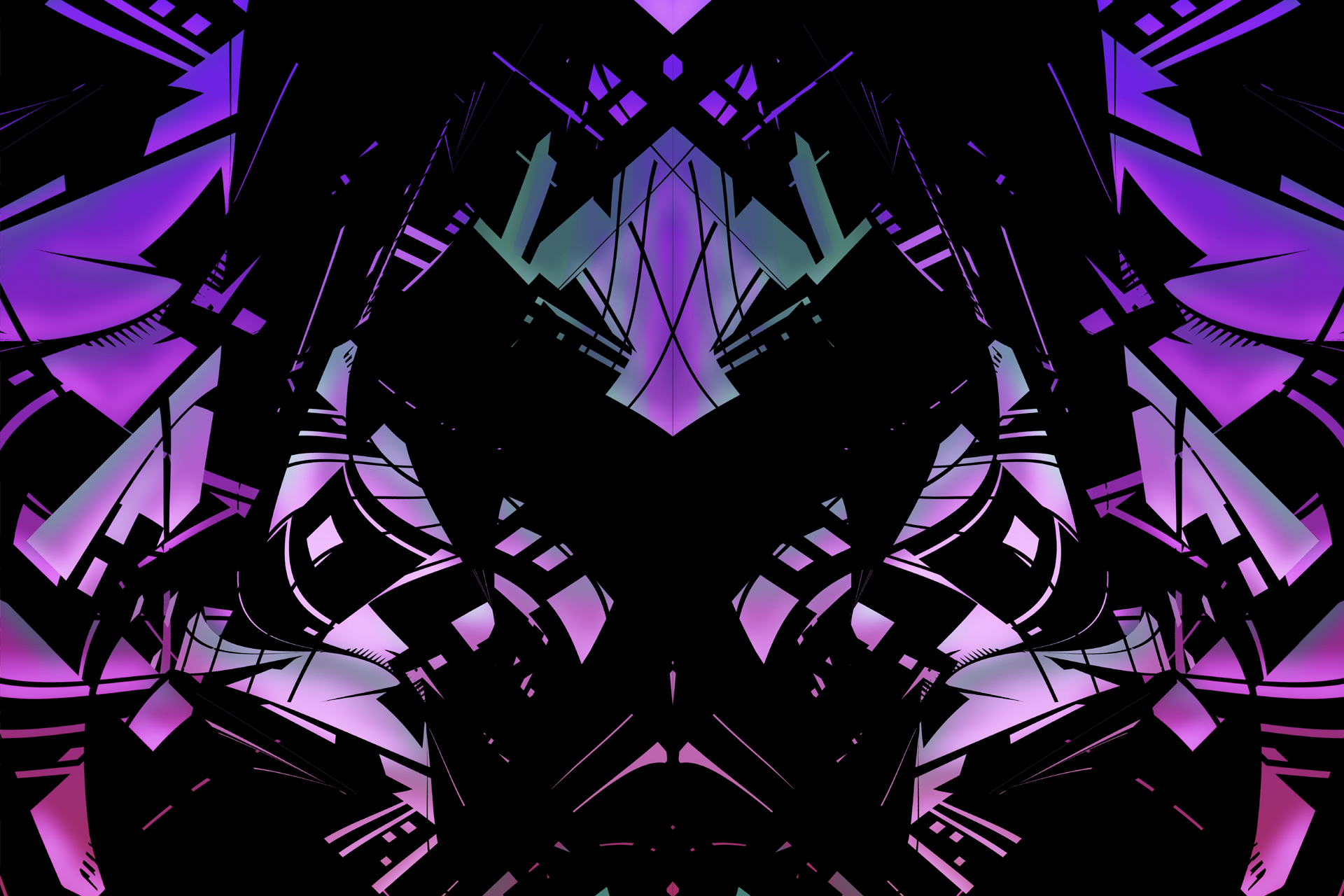
Lucid Dreaming as a Creative Tool: How I Use Dreams to Inspire My Art
As an abstract and visionary artist, I’m deeply fascinated by the creative potential of the dream world and how it can inspire my art. One aspect of dreaming that has particularly caught my attention is lucid dreaming – the ability to become aware that you are dreaming while still in the dream state. For me,…
-
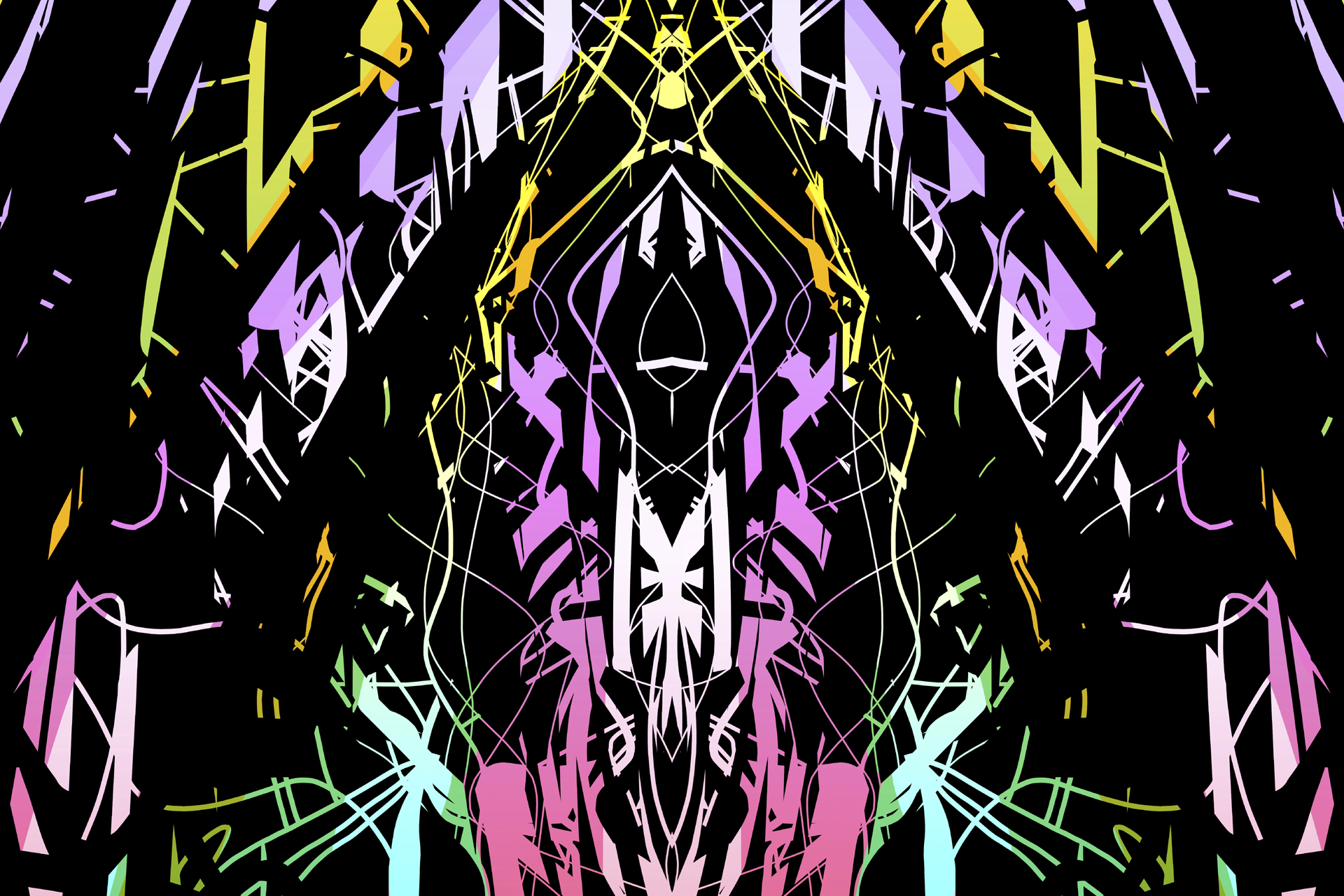
The Importance of Surrendering Control in the Creative Process
As artists, we often rely on our conscious mind to guide our creative process. We may have a specific idea or vision in mind, and we work to bring that idea to life through our art. However, the unconscious mind can also play a powerful role in the creative process, and surrendering control to this…
-
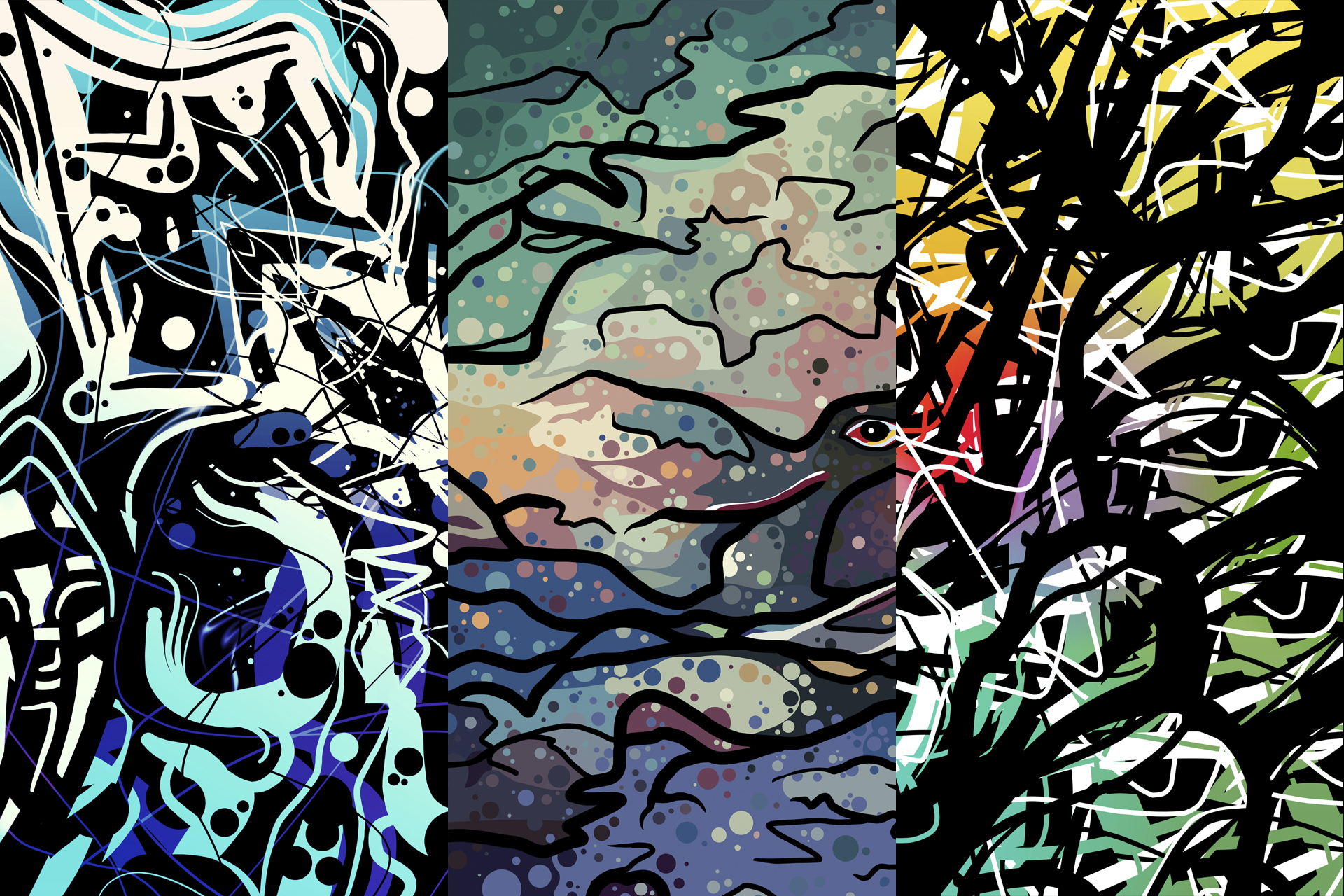
Hypnagogia: How I Use the Boundary Between Wakefulness and Sleep to Create Art
As an abstract and visionary artist, I’m interested in exploring the creative potential of subconscious symbolism. One phenomenon that has particularly captured my attention is hypnagogia – the transitional state between wakefulness and sleep characterized by vivid hallucinations, altered perceptions, and strange thoughts. For me, hypnagogia has been a source of inspiration and creativity. It’s…
